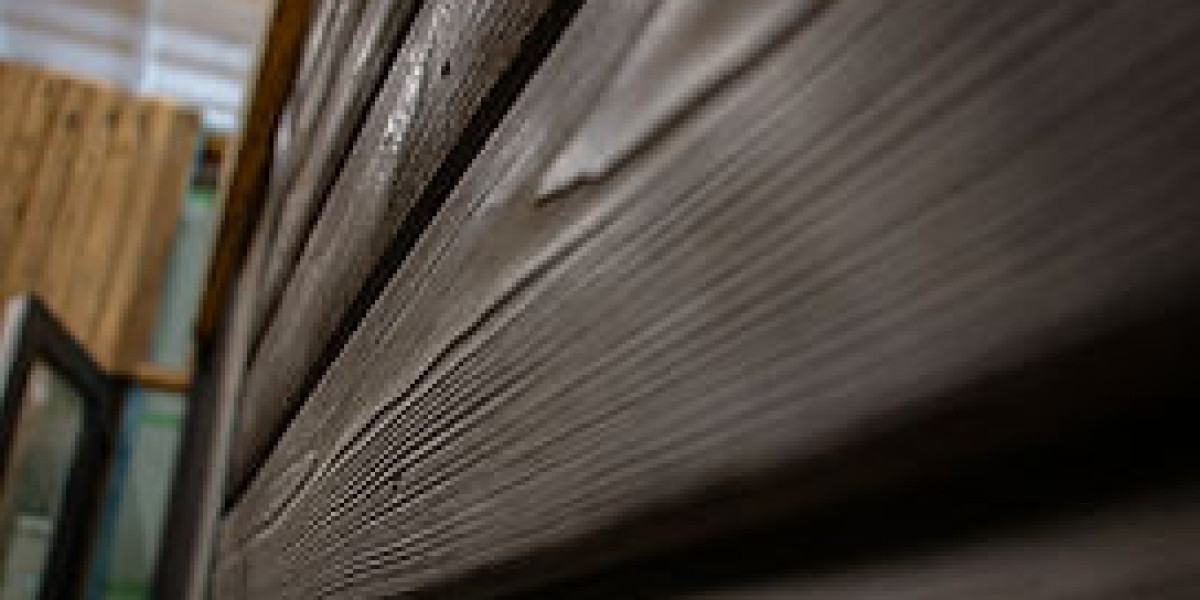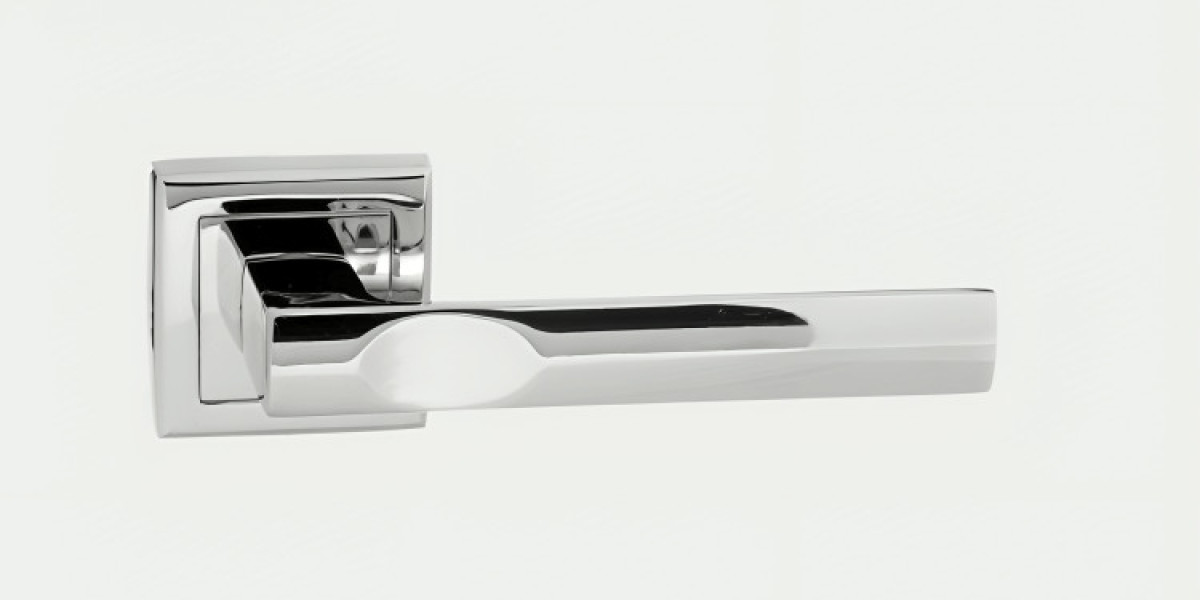Wood cladding has been a favorite of architects for decades in adding warmth and texture to architectural designs. It is suitable for both modern and traditional aesthetics because of its natural appeal and versatility. However, combining wood cladding with other materials can make your design come alive and become a real head-turner. Mixing materials adds depth, contrast, and a unique character to your project, whether it's an exterior facade or an interior accent wall. Here's how to combine wood cladding with other materials for a really striking appearance.
1. Wood and Stone: A Timeless Duo
Wood and stone have been a staple in architecture since ancient times. The organic feel and earth tones of these two materials provide harmony that gives one a feeling of earthiness and timelessness. For instance, the cedar wood cladding used in combination with a stone base or stone columns will add that rustic touch while remaining elegant in a house.
When using materials, observe the color range. Combine tones that are complementary such as warm wood with neutral grey stone or darker wood with lighter limestone. This is ideal for mountain retreats, the modern rustic home, and even urban facades in attempts to give these a natural feel.
2. Wood and Metal: Modern Elegance
Use wood cladding along with metal components, for instance, steel, aluminum, or copper, for a clean and modernistic look. Wood contrasts warmly against the cool industrial feel of metal. This combination is very effective in modern and industrial styles.
You would conceivably use vertical wooden slats in conjunction with a corrugated metal panel for a striking facade or combine horizontal wood cladding with black powder-coated steel frames for a minimalist aesthetic. Over time, the patina of metal, such as weathered steel or aged copper, can further enhance the visual interest of the design.
3. Wood and Glass: Light and Transparency
Wood cladding, along with glass, presents an excellent mix of natural beauty with modern transparency. Large glass panes or windows framed with wood cladding open up to pour in a significant amount of natural light inside, making visible the texture and grain of the wood. Such a combination will be great in connecting indoor and outdoor spaces.
For instance, vertical wood cladding with floor-to-ceiling glass windows on the house makes the building integrate harmoniously with the surroundings. It is a popular pairing in modern architecture, which believes in openness and harmony with nature as a basic design principle.
4. Wood and Concrete: Industrial Chic
Combining wood cladding with concrete provides an interesting contrast of softness and ruggedness in the two materials. This is a very appealing combination for modern and industrial design styles, as raw materials tend to be prominent in these types of designs.
For an exterior facade, horizontal wood cladding against a smooth concrete wall may be considered. Indoors, wooden ceiling beams or accent walls can soften the cold, minimalist feel of polished concrete floors. The warmth of the wood balances the industrial vibe of concrete, creating a sophisticated yet inviting atmosphere.
5. Wood and Brick: Classic Charm with a Modern Twist
Wood and brick are a classic combination that is full of charm and character. Brick is textured and historic, while wood adds warmth and a contemporary edge. This combination is versatile and can work in both traditional and modern contexts.
For a modern twist, pair sleek, horizontal wood cladding with painted white or gray brick. Or, for a more rustic look, combine reclaimed wood with exposed red brick. This combination is perfect for creating cozy yet stylish interiors or exteriors.
6. Color and Finish Considerations
When mixing materials, pay close attention to the color and finish of each element. The point is to have a cohesive look, not disjointed. For example:
Use contrasting or complementary colors to make an interesting combination. For example, dark-stained wood against lighter materials like concrete or white plaster.
- Consider the finish of the materials. Matte finishes often pair well with the natural texture of wood, while glossy surfaces can create a more modern, polished look.
- Keep in mind the long-term appearance of each material. For example, untreated wood may weather over time, while metal or concrete may develop patinas or discoloration.
7. Scale and Proportion
The scale and proportion must be well balanced in order for the materials used to come in harmony with one another. Consider using wood cladding as a primary material, so the secondary one can serve as an accent through a stone base or metal trim. This just gives the design just enough contrast not to overpower.
Alternatively, if you’re using a bold material like glass or concrete as the dominant element, wood can serve as a warm accent to soften the overall look.
8. Practical Considerations
When combining wood cladding with other materials, consider practical factors such as durability, maintenance, and climate suitability. For example:
- The materials used should have similar expansion and contraction rates to avoid problems in the long run.
Use weather-resistant finishes and treatments to protect the wood from moisture and UV damage, especially in combination with materials like concrete or metal, which retain heat.
Make your design fit right into the place by using complementing materials, which will add to the native environment.
Conclusion
Combining wood cladding with other materials is a fantastic way to create a design that is visually dynamic, unique, and full of character. Regardless of the type: rustic, elegant, or even industrial, with so many unlimited options, carefully balance the combination of textures and colors, together with proportions for the most striking look, and simultaneously harmony, making sure that through various experiments the beauty of nature shines in natural wood.







